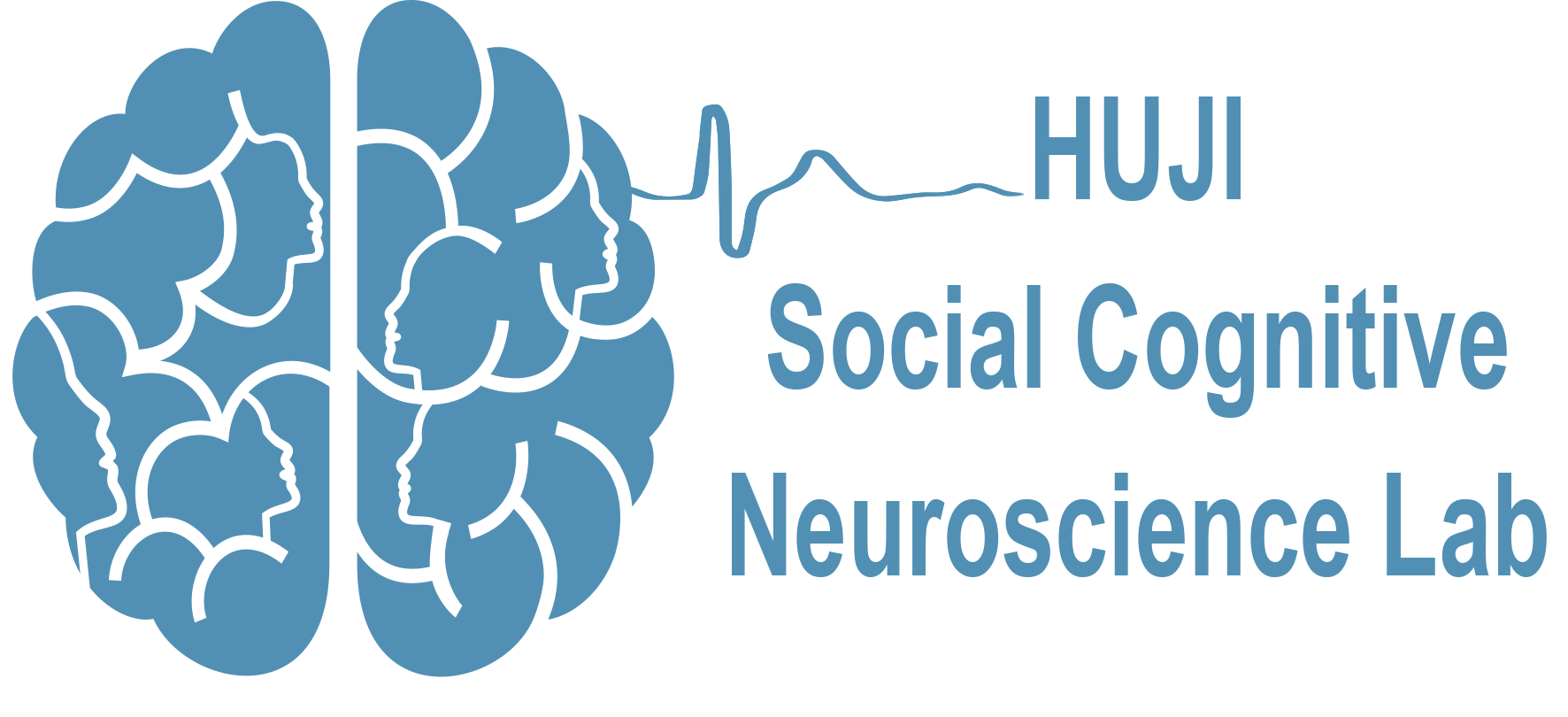Abstract:
Putative contributions of a human mirror neuron system (hMNS) to the perception of social information have been assessed by measuring the suppression of EEG oscillations in the mu/alpha (8–12 Hz), beta (15–25 Hz) and low-gamma (25–25 Hz) ranges while participants processed social information revealed by point-light displays of human motion. Identical dynamic displays were presented and participants were instructed to distinguish the intention, the emotion, or the gender of a moving image of a person, while they performed an adapted odd-ball task. Relative to a baseline presenting a nonbiological but meaningful motion display, all three biological motion conditions reduced the EEG amplitude in the mu/alpha and beta ranges, but not in the low-gamma range. Suppression was larger in the intention than in the emotion and gender conditions, with no difference between the latter two. Moreover, the suppression in the intention condition was negatively correlated with an accepted measure of empathy (EQ), revealing that participants high in empathy scores manifested less suppression. For intention and emotion the suppression was larger at occipital than at central sites, suggesting that factors other than motor system were in play while processing social information embedded in the motion of point-light displays.
Website

